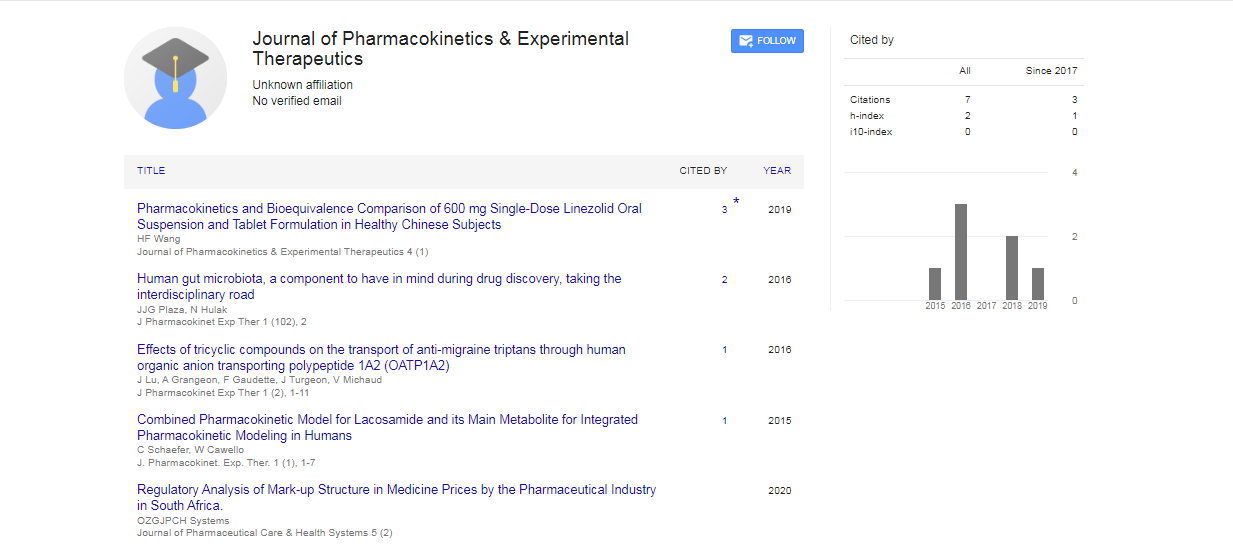Inhaled Drug Pharmacokinetics
*Corresponding Author:Received Date: Dec 01, 2023 / Accepted Date: Dec 30, 2023 / Published Date: Dec 30, 2023
Copyright: © 2024 . This is an open-access article distributed under the terms of the Creative Commons Attribution License, which permits unrestricted use, distribution, and reproduction in any medium, provided the original author and source are credited.
Abstract
Inhaled drug delivery stands as a pivotal avenue in the management of respiratory disorders, offering targeted
treatment directly to the lungs. The pharmacokinetics of inhaled drugs is a multifaceted field encompassing the
absorption, distribution, metabolism, and elimination of medications administered through inhalation routes.
Absorption of inhaled drugs occurs predominantly in the lungs, leveraging the vast surface area and rich blood
supply of the alveoli. Particle size plays a critical role, influencing the depth of penetration and subsequent systemic
absorption. Distribution dynamics are intricate, differentiating between drugs exerting local effects within the lungs
and those eliciting systemic responses. This abstract provides a concise overview of key aspects shaping inhaled
drug pharmacokinetics, underscoring its significance in achieving optimal therapeutic outcomes. Metabolism of
inhaled drugs takes a unique trajectory, escaping the confines of first-pass metabolism in the liver. Pulmonary
metabolism may contribute to the overall fate of these drugs, adding a layer of complexity to their pharmacokinetic
profile. Elimination pathways involve both systemic routes, where absorbed drugs undergo standard metabolic and
renal processes, and local routes, where drugs may be expelled unchanged during expiration. This abstract provides
a concise overview of key aspects shaping inhaled drug pharmacokinetics, underscoring its significance in achieving
optimal therapeutic outcomes

 Spanish
Spanish  Chinese
Chinese  Russian
Russian  German
German  French
French  Japanese
Japanese  Portuguese
Portuguese  Hindi
Hindi 
